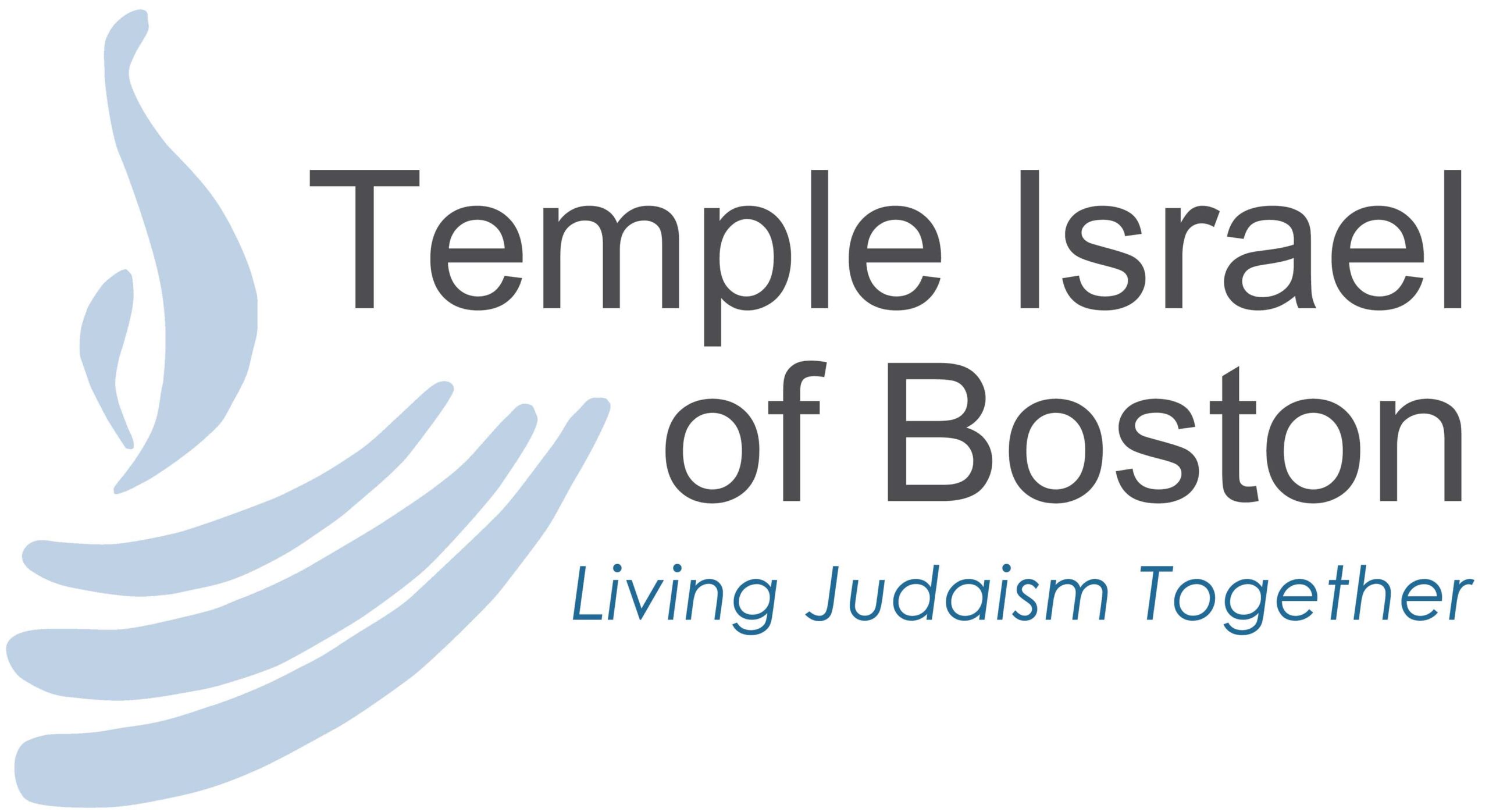A “Living” Prayer
A “Living” Prayer: Elul as Preparation for a Meaningful High Holiday Season
Today is September 1st – the edges of the leaves are taking on a reddish tint, the school buses are rolling through our towns and vacation away messages are being replaced by work emails and carpool schedules.
However, though the secular world is advertising “back to school,” the Jewish world has a sweeter, more gentle transition for us. We are in the month of Elul, a month dedicated to preparing ourselves and our relationships for the yamim noraim, the high holidays. We cannot show up on Yom Kippur and expect to be transformed. Instead, tradition gives us Elul as a warm up. We have a month to practice opening our hearts, to examine our lives and to imagine what it might look like to walk into our new year renewed.
Here are three possible ways Elul can help us prepare for the high holidays:
- Let’s make Elul a month for asking questions
Who was I this past year? Who do I want to be next year? How do I need to grow? Who have I harmed? Who have I helped? What would it take to be my best self?
Lucky for us, Elul is all about the questions and not about the answers. The answers will come.
- Let’s Take Stock of Our Relationships
… the good, the bad, the dysfunctional. Mishnah Yoma teaches that Yom Kippur atones for sins between humanity and the Divine – but Yom Kippur does not help us atone for sins we commit against other people. Elul is a moral call to triage our relationships and begin to figure out how we can strengthen our families, communities and social connections.
- Let’s get ready to pray.
Prayer is difficult. It’s long, its fixed, it’s in another language. The prayers in our machazor are also not edited for consistency – On one page God will be a stern judge with our sentence in hand ready to strike down a damning decree. On the next page, God is avinu malkeinu, our parent, our ruler who cares for us, protects us and chose us with love. We will proclaim our fragility and wrong-doing, then we will exult in our chosenness. Some of this may work for you – some of this may not. Prayer can be alienating.
——————————————————————————————————————-
I’m reminded of a Hasidic story-
One day, the teacher of Rabbi Menachem Mendel of Kotzsk died. After the funeral, the teacher came to him in a dream. His teacher said in the dream: “Do not grieve. I don’t have to be gone. I will be your rabbi. I will continue to be your rabbi from the other world.”
Rabbi Menachem Mendel thought this over. He loved his teacher, respected him and missed him, but he just couldn’t accept this. Rabbi Menachem Mendel said, “No.” I do not want wisdom from a dead rabbi.” The learning must be alive. The Torah must be able to dance. It must be passionate — it cannot be stale.. “Frishkeit nisht frumkeit.” – Spontaneity before Piety.
Then, Rabbi Menachem Mendel of Kotzsk told this tale of the Baal Shem Tov to his departed rabbi. He said, “One Rosh Hashanah, the Baal Shem Tov came to a synagogue. He opened the door to the shul, peaked in his head, but he refused to enter. When they asked him why, he replied, “Because it is too crowded.” “No,” they said, “there are plenty of seats. Here, we will find you a seat of honor” “No,” the Baal Shem Tov replied, “it is too crowded with prayers, dead prayers, stale prayers fill the synagogue from the floor to the ceiling. The whole shul is overflowing with meaningless, dead prayers. Dead prayers have no vitality, they cannot rise up to the heavenly throne. They stay on earth, cramming the synagogue full.”
Rabbi Menachem Mendel of Kotzsk said a final farewell to his beloved rabbi, and then went off in search of living prayers and a Torah that is able to dance.
—————————————————————————————————————
So now the question remains – How do we spend the remaining days of Elul preparing ourselves to pray?
Lucky for us, this year Temple Israel and the Reform Movement have a new tool in our toolbox — Mishkan HaNefesh — Our new machazorim for Rosh Hashanah and Yom Kippur. In Mishkaan HaNefesh, we have the option to read the traditional liturgy (on the white pages), alternative translations or poetry (the gray tinted pages) or study texts and private meditations (the blue tinted pages).
Now, tradition sits alongside modernity, offering us the opportunity to choose from many options. We can each find personal meaning by choosing our own liturgical pathways through the holidays.
There is beauty and strength in theological and thematic diversity. We have access to the wisdom of our ancient sages, alongside wisdom from female poets, LGBTQ authors and others whose voices were once marginalized from tradition. This is what makes this work different from other publications – In this machazor the once marginalized have now been canonized. It’s a new world.
Mishkaan HaNefesh is on display in the library during Elul. Come thumb through the new machazorim and prepare yourself for a meaningful prayer experience this year.
Prayer is not a spectator sport. Prayer is personal. The machzor gives you the opportunity to make it personal. I look forward to being with you this year as we fill our holy spaces with prayer that is alive, with Torah that can dance.
